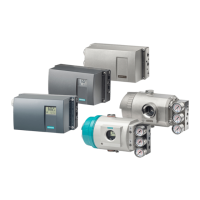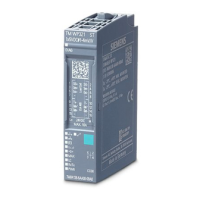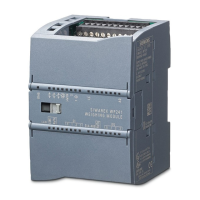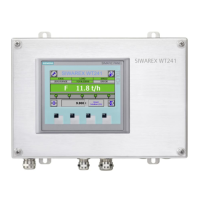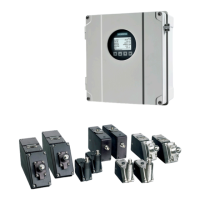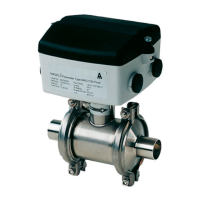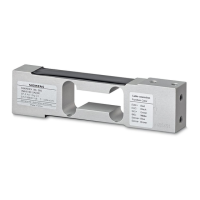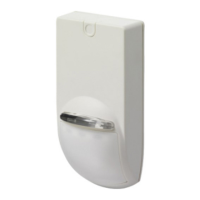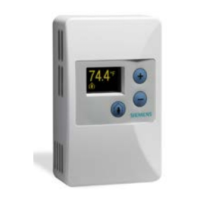MOBY D
System Manual, 01/2010, J31069-D0147-A6-7618
25
Planning the MOBY D system
4
4.1 Fundamentals of application planning
Assess your application according to the following criteria, in order to choose the right MOBY
D components:
● Transmission distance (read/write distance)
● Data volume to be transferred
● Metal-free areas for MDS and SLG (antenna)
● Static or dynamic data transfer
● Speed in case of dynamic transfer
● Tracking tolerances
● Ambient conditions such as relative humidity, temperature, chemical impacts, etc.
● Maximum writes per MDS
● System connection
4.1.1 Transmission window and read/write distance
The write/read device (SLG) generates an inductive alternating field. The field is at its
strongest near the antenna and declines rapidly as the distance from the antenna increases.
The distribution of the field depends on the structure and geometry of the antennas in the
write/read device and MDS.
A prerequisite for the function of the MDS is a minimum field strength at the MDS that is
achieved at a distance S
g
from the write/read device. The figures below show as an example
the transmission window between the MDS and ANT D5 antenna (in this case always
parallel alignment of MDS to antenna/SLG).
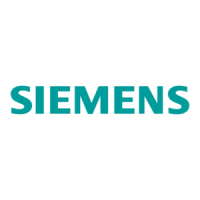
